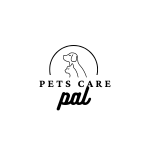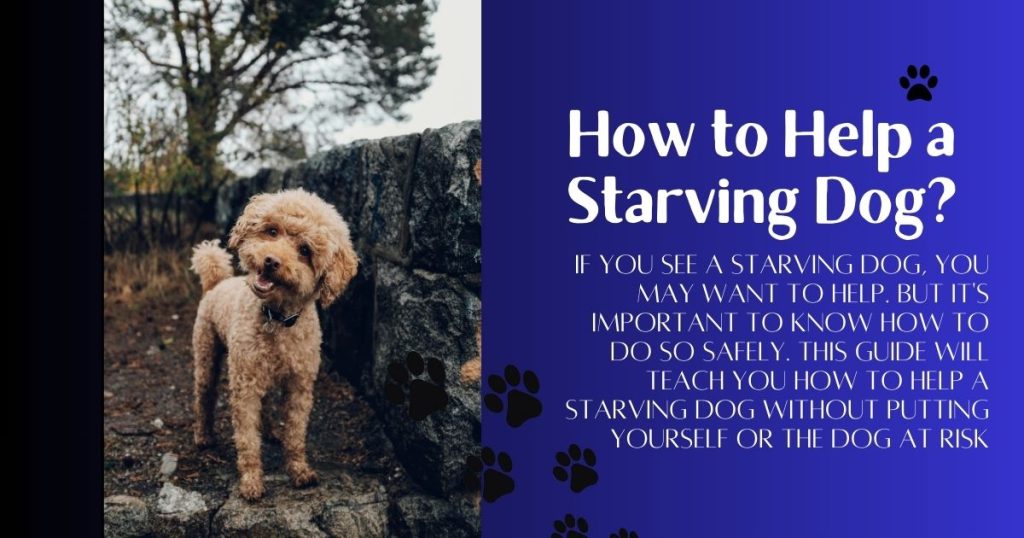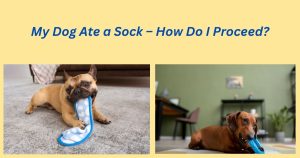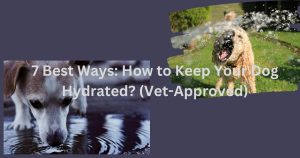In This Article
ToggleLast updated on December 29th, 2024 at 01:49 am
How to Safely Feed a Starving Dog ?
Feeding a very skinny dog needs careful planning. If you feed them too much, too fast, they can become very sick. This is because their bodies are weak from not eating.
To avoid this, we need to slowly introduce food. In this guide, we’ll show you how to refeed a starving dog safely and what to watch out for to ensure their recovery.
A Starving Dog: What You Need to Know ?
When a dog goes hungry, it’s tough on both its body and mind. It gets really skinny, loses energy, and becomes weak. It might also feel scared or sad.
It’s important to know why they’re not eating. Maybe they’re sick or were left alone. When we start feeding them again, we need to be gentle to help them recover safely.
Don’t Rush It: The Dangers of Feeding a Starving Dog Too Fast
Feeding a very skinny dog too much, too quickly can be risky. Their bodies aren’t used to so much food at once, and it can make them really sick. This can cause problems like weakness, heart issues, and trouble breathing.
To keep your dog safe, we need to feed them slowly and watch them closely. A careful feeding plan is key to a healthy recovery.
First Things First: Checking Your Dog’s Health
Before you start feeding your hungry dog, it’s important to check how they’re doing. Look at their energy levels, how skinny they are, and if they seem dehydrated.
A vet can help you figure out if they have any other health problems, like an infection, that need to be fixed first. They’ll also help you create a safe feeding plan to make sure your dog recovers well.
Don’t Go It Alone: Seek Expert Advice
A vet is your best friend when it comes to feeding a starving dog. They’ll create a personalized meal plan, run tests to make sure everything’s okay inside, and keep a close eye on your dog’s progress.
Regular check-ups will help you adjust the plan as needed, especially if your furry friend has a tough time eating at first.
Start Slow and Gentle: Choosing the Right Food
When you start feeding your hungry dog, it’s important to choose foods that are easy on their stomach. Bland foods like boiled chicken and rice are a great way to start, as they’re gentle on their digestive system.
Avoid foods that are high in fat or carbs, as these can cause stomach problems and increase the risk of refeeding syndrome. Instead, opt for nutrient-rich, low-fat foods that your dog can digest slowly and safely.
A Step-by-Step Feeding Plan: Less is More
To help your dog recover safely, it’s important to follow a feeding schedule. Start by giving them small meals 4-6 times a day. This will help their body adjust to food without getting overwhelmed.
As the days go by, you can gradually increase the size of their meals, but only if they’re doing well and showing no signs of stomach trouble. Remember, slow and steady wins the race when it comes to refeeding a starving dog.
Keep a Close Eye: Monitoring Your Dog’s Health
As your dog starts to recover, it’s important to keep a close eye on them. Weigh them daily to track their progress, and watch their poop to see how their digestion is doing.
Look for signs of increased energy, like playing or being more active. If they start vomiting, have diarrhea, or seem extremely tired, contact your vet right away.
Tailoring the Plan: Adjusting as Needed
Sometimes, you might need to tweak your dog’s feeding plan. If they’re not gaining weight quickly or seem weak, your vet might suggest adding vitamins or minerals to their food.
You can also adjust the size and frequency of their meals as they get stronger. The goal is to gradually move towards a normal feeding schedule with larger meals.
Fueling the Recovery: The Right Nutrients
As your dog heals, they need the right nutrients to get stronger. Foods that are high in protein and low in fat are best for building muscle and boosting the immune system.
Vitamins and minerals can also help but always talk to your vet before adding supplements to avoid any problems. The key is to give your dog balanced nutrition that supports their recovery without putting too much stress on their body.
Returning to Normal: A Gradual Transition
When your dog is looking healthier, it’s time to move towards a regular feeding routine. Look for signs like stable weight, consistent energy levels, and normal digestion.
To avoid any tummy troubles, make the transition gradual. The goal is to maintain a balanced diet that keeps your dog healthy and prevents them from becoming malnourished again.
Stay Alert: Watch for Warning Signs
As your dog recovers, it’s important to keep an eye out for any signs of trouble. Watch for things like vomiting, diarrhea, or excessive tiredness. If you notice any of these, reduce the amount of food you give them or contact your vet right away.
If the symptoms are severe, it could be a sign of refeeding syndrome or another health problem that needs immediate attention.
Frequently Asked Questions
How long does it take to feed a starving dog?
Refeeding a starving dog can take several weeks. It depends on how skinny they are and how well they respond to food. A vet can help you track their progress and make sure they recover safely.
What foods should I avoid?
In the beginning, avoid fatty and sugary foods. They can cause problems for their stomach. Stick to low-fat, nutrient-rich foods that are easy to digest.
Can I do this at home without a vet?
While you can start refeeding at home, it’s always best to consult a vet. They can help you create a safe feeding plan and reduce the risk of health problems like refeeding syndrome.
A Gentle Path to Recovery
Refeeding a starving dog is a delicate process. It’s like rebuilding a house brick by brick. You need to do it slowly and carefully to avoid any damage.
A vet can guide you through this process and make sure your furry friend recovers safely and fully. By monitoring their progress closely, you can ensure a healthy and happy future for your dog.







